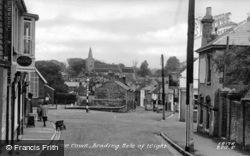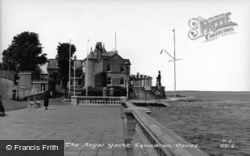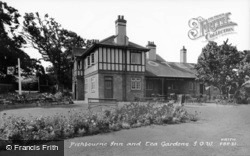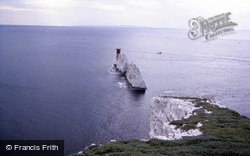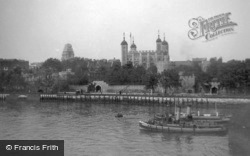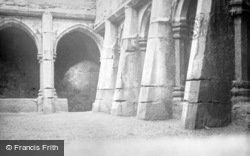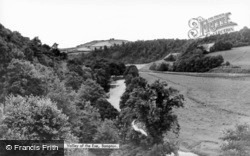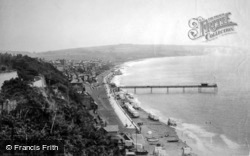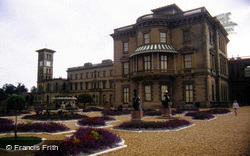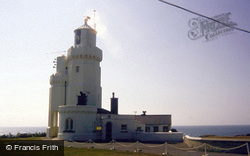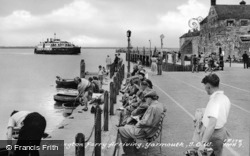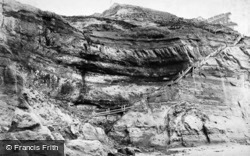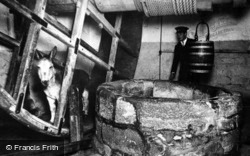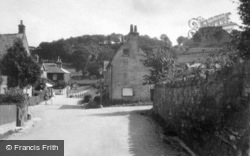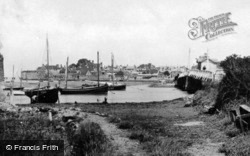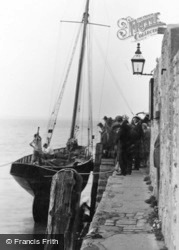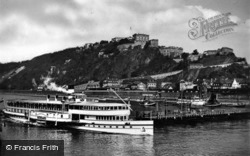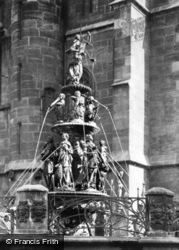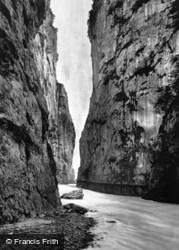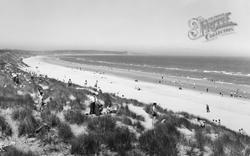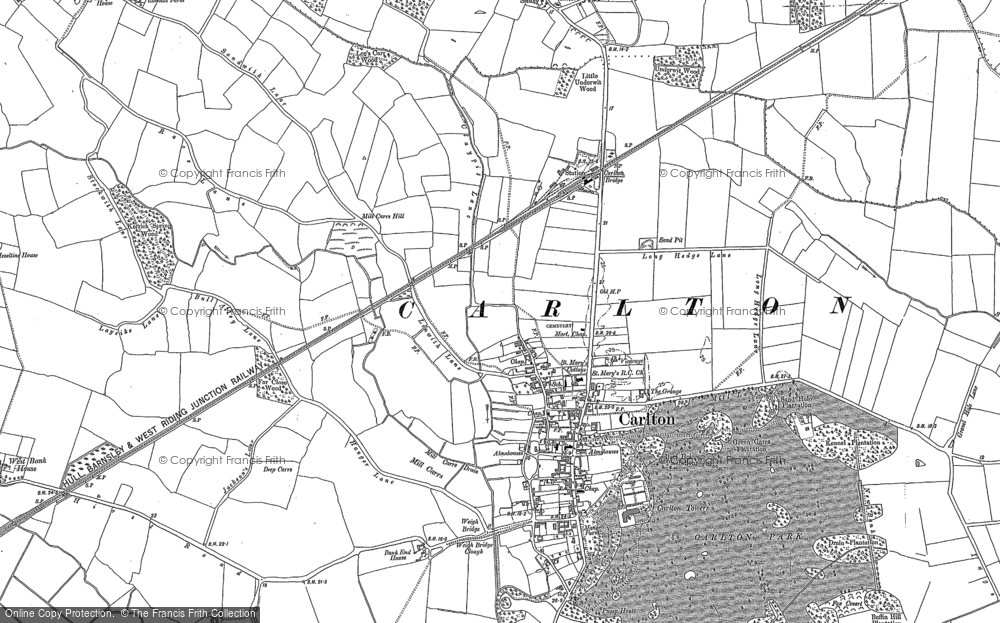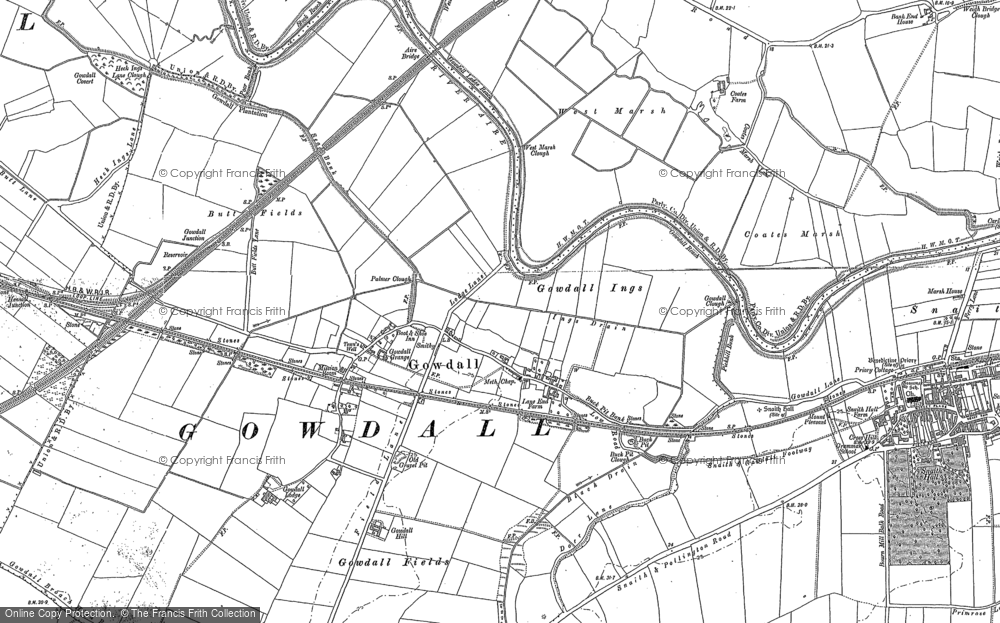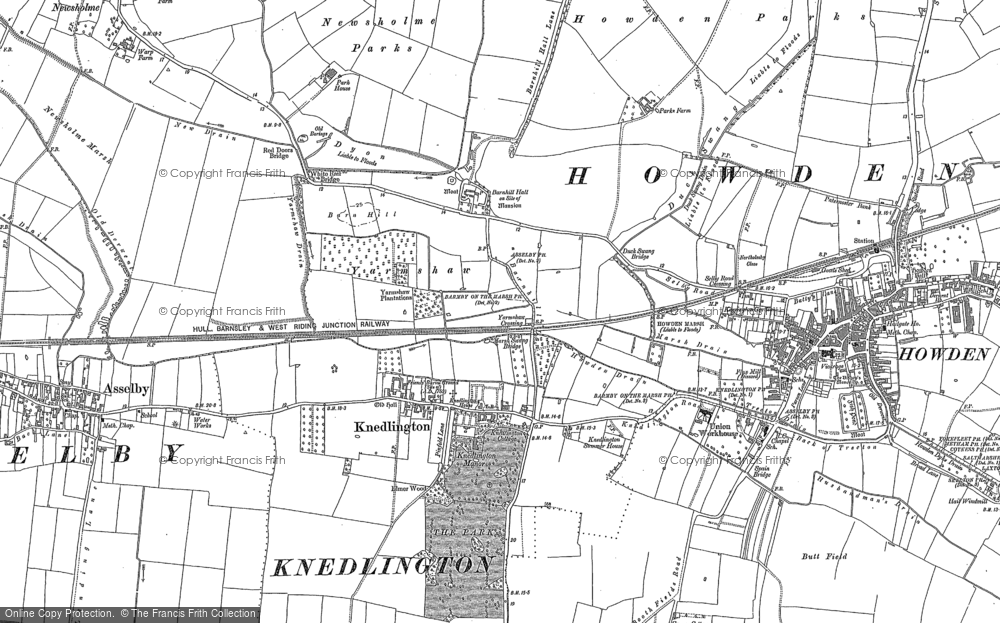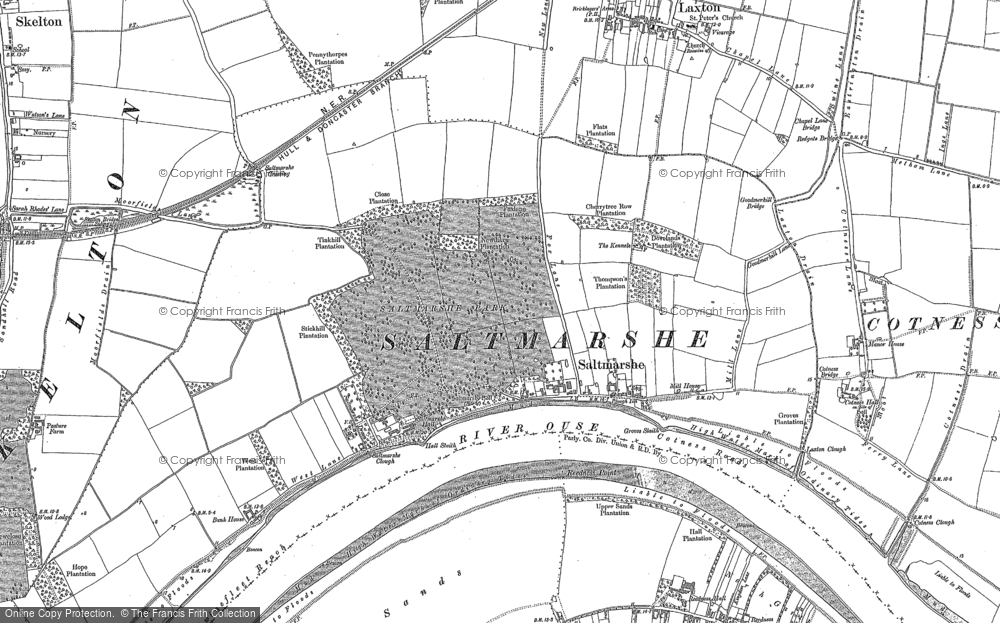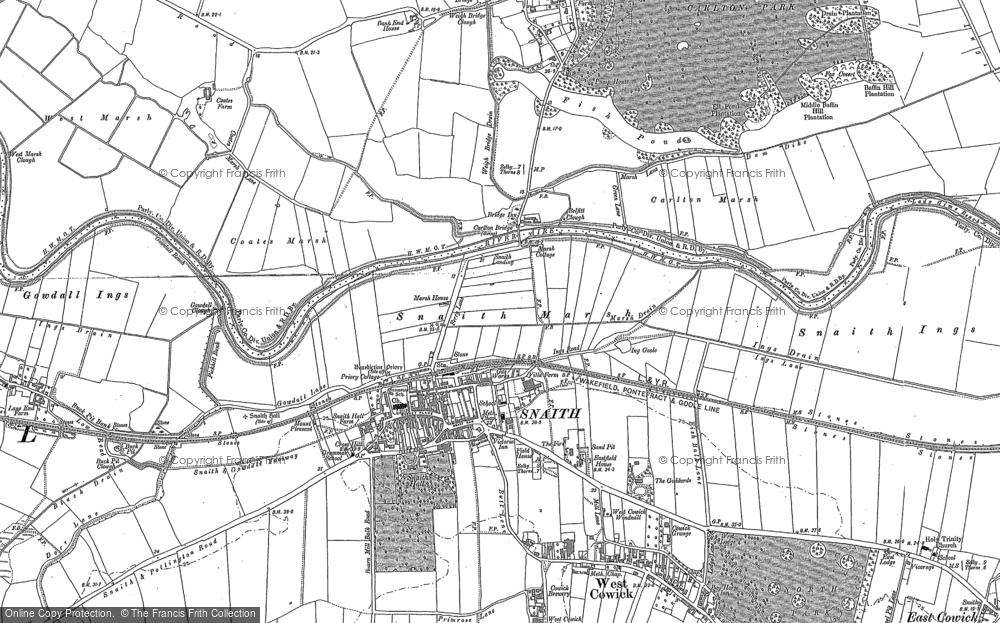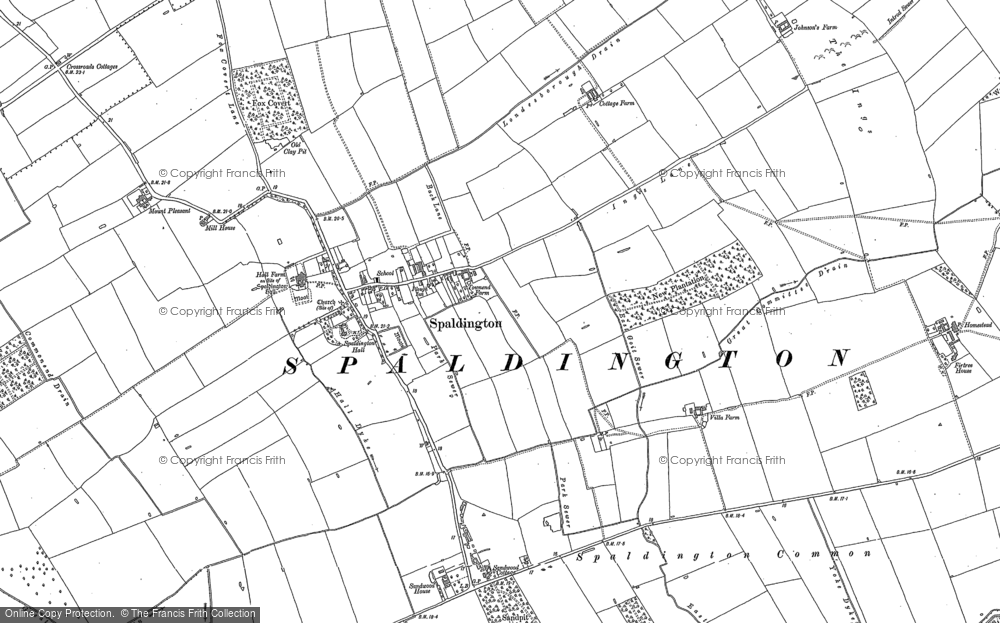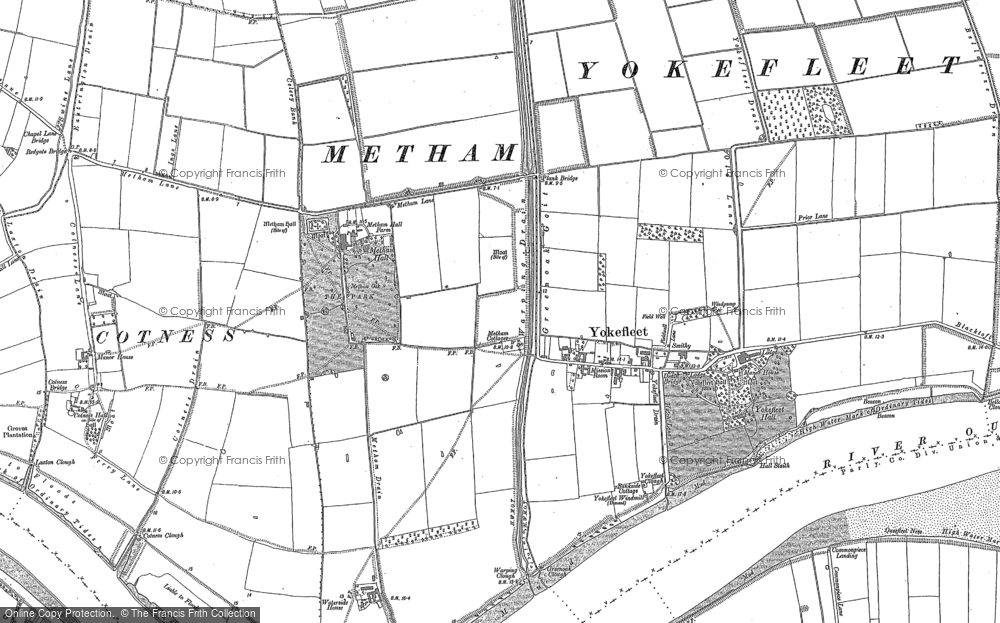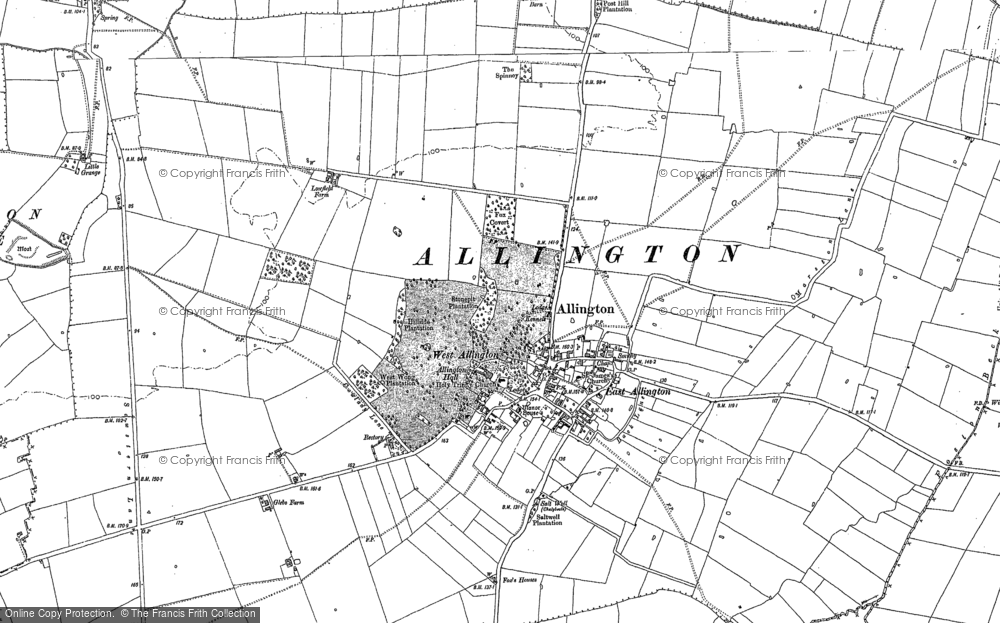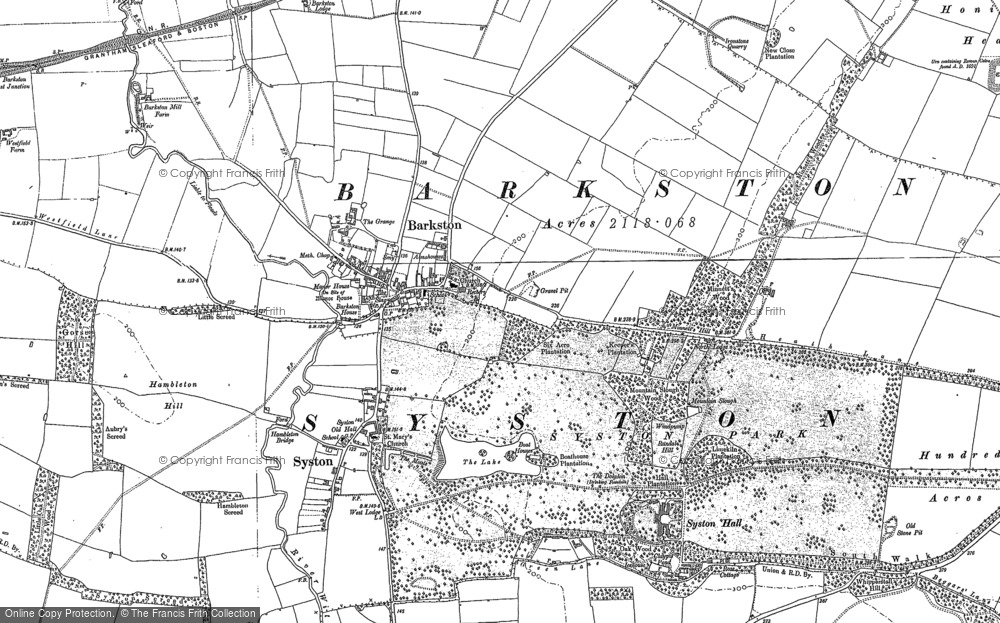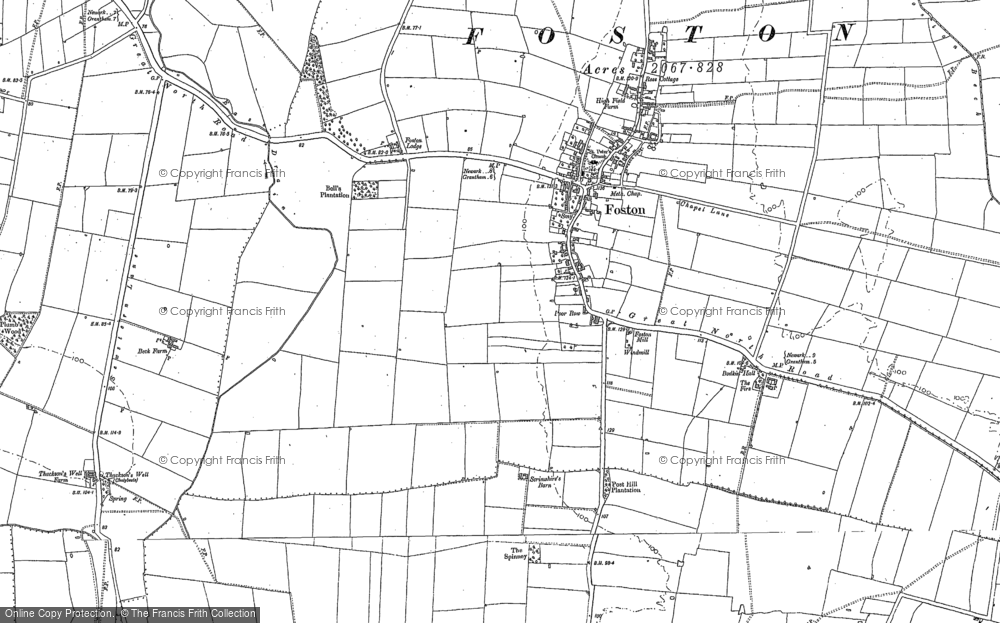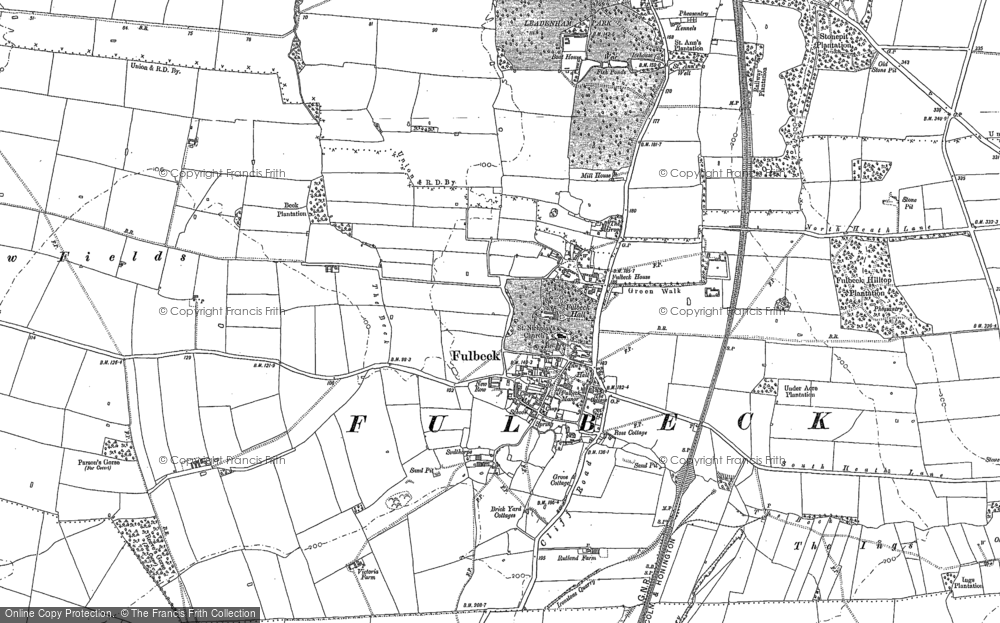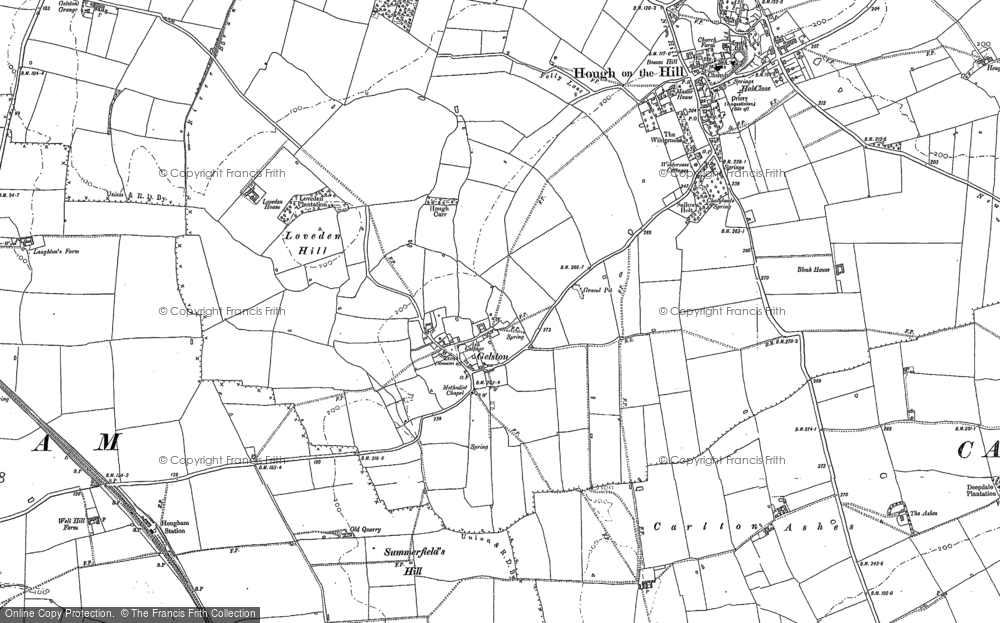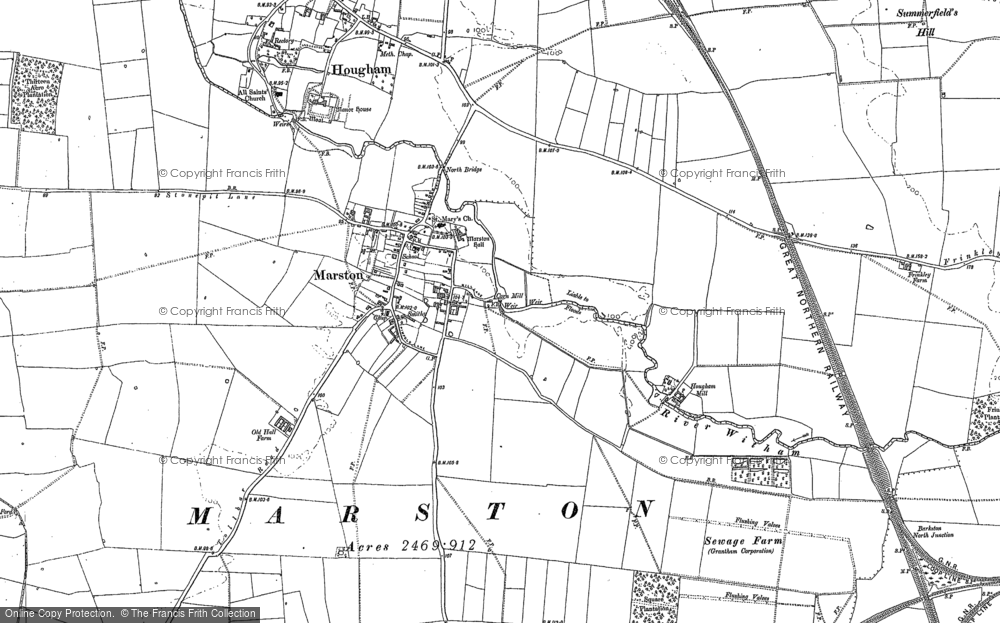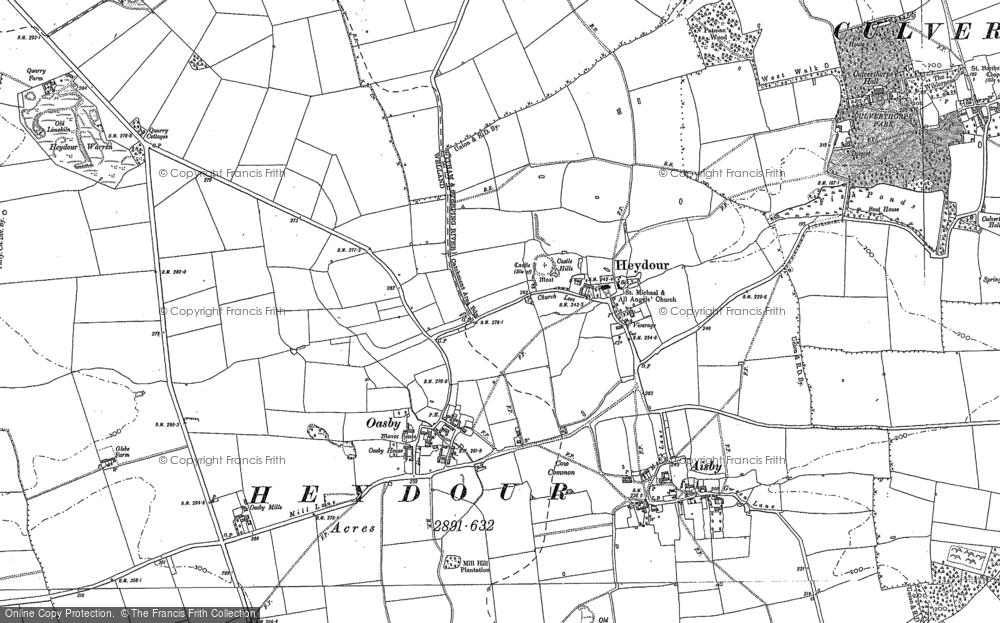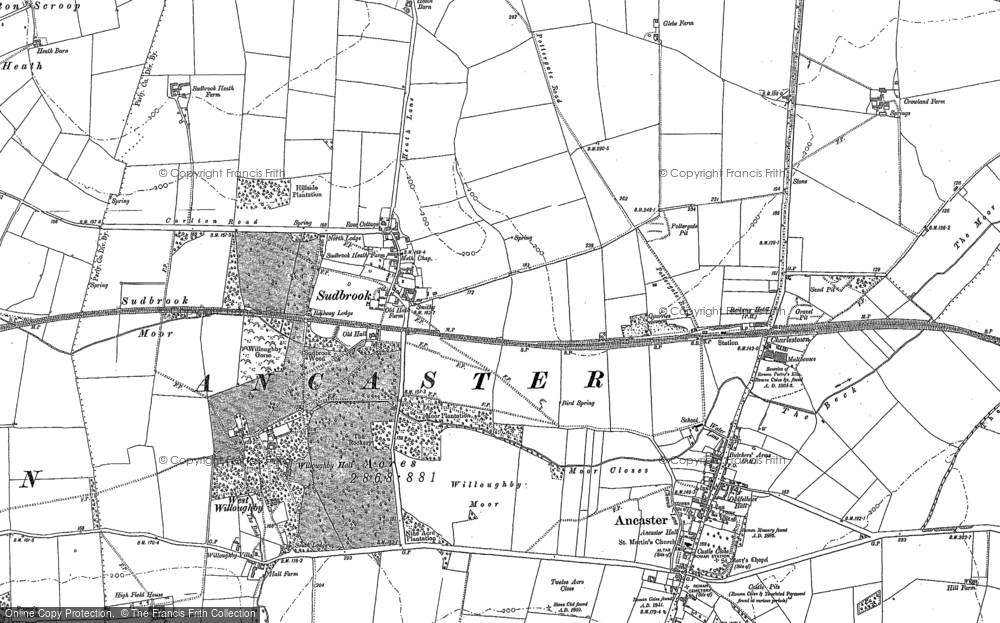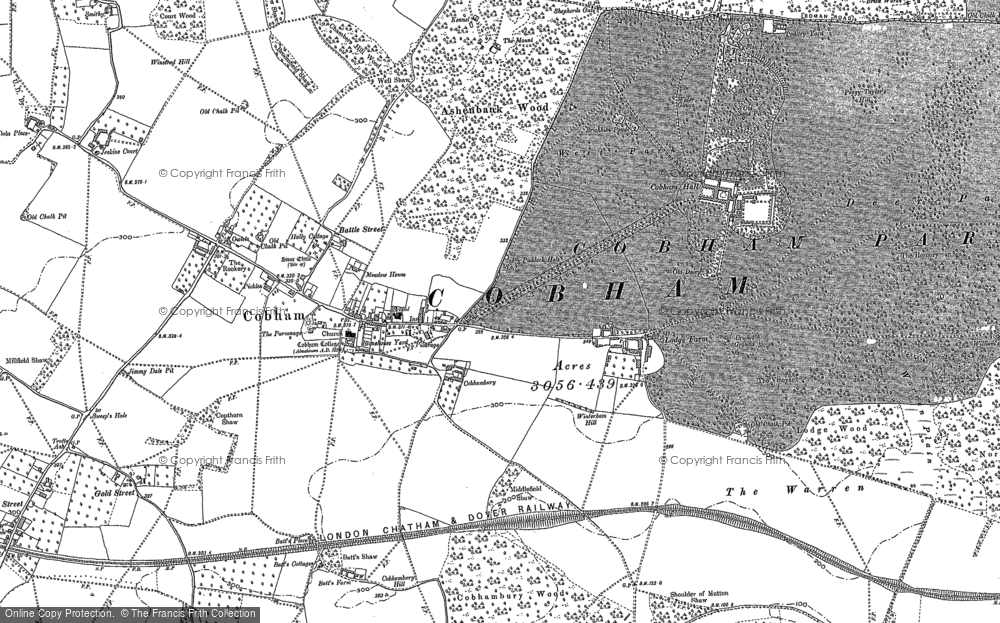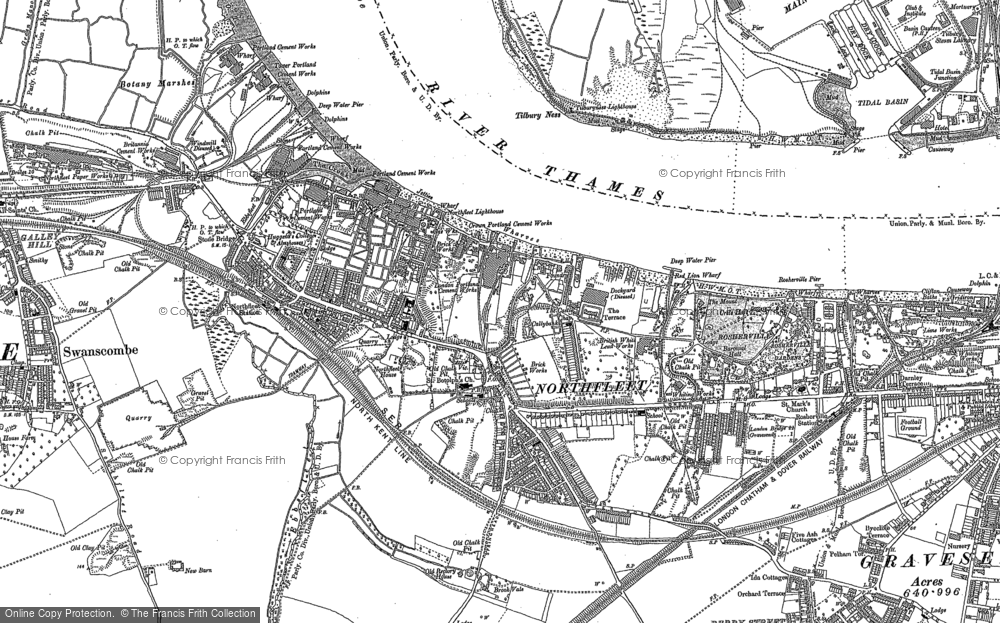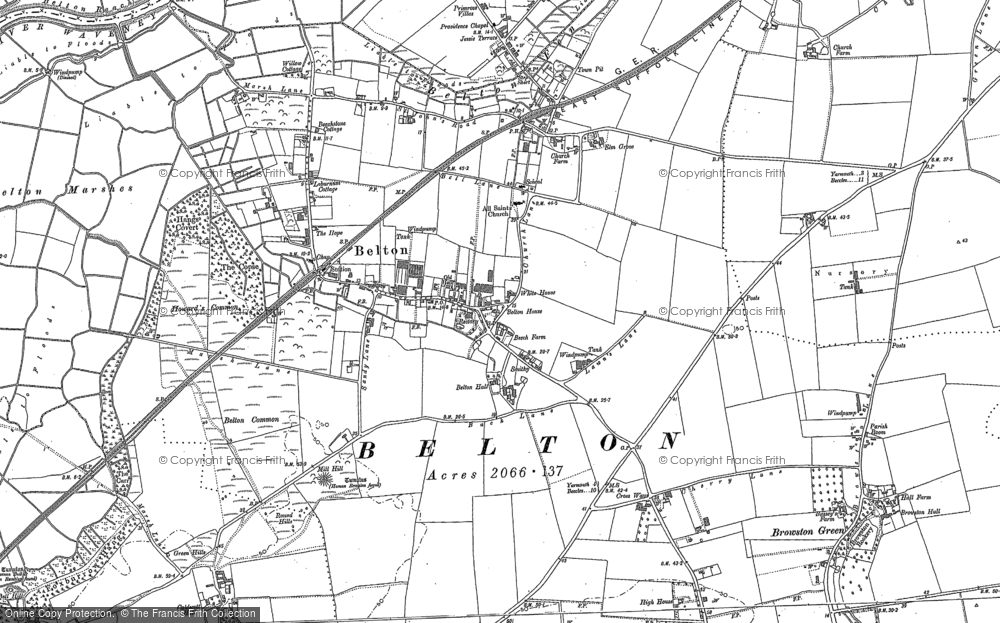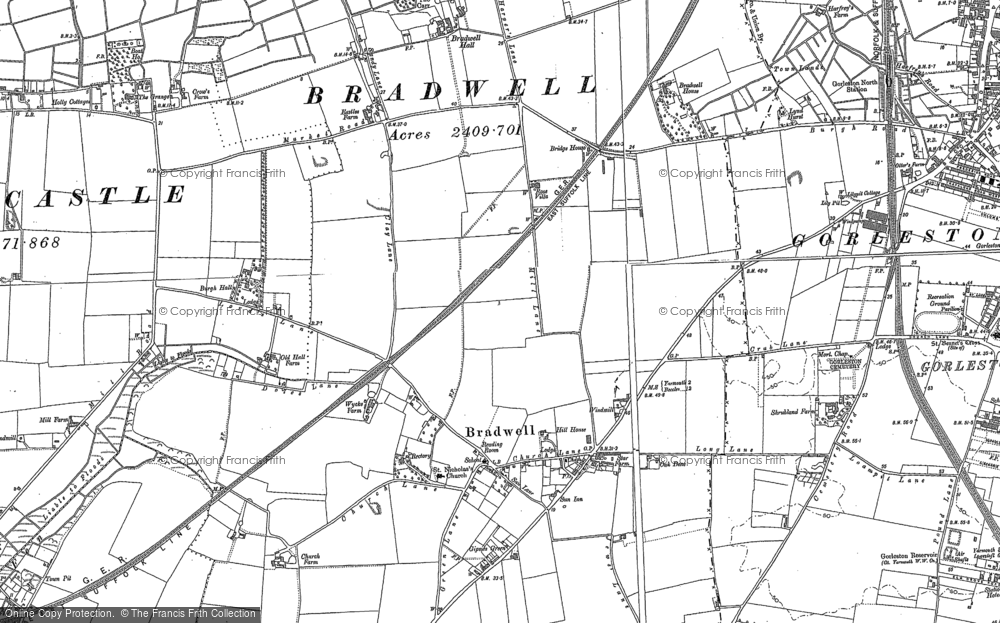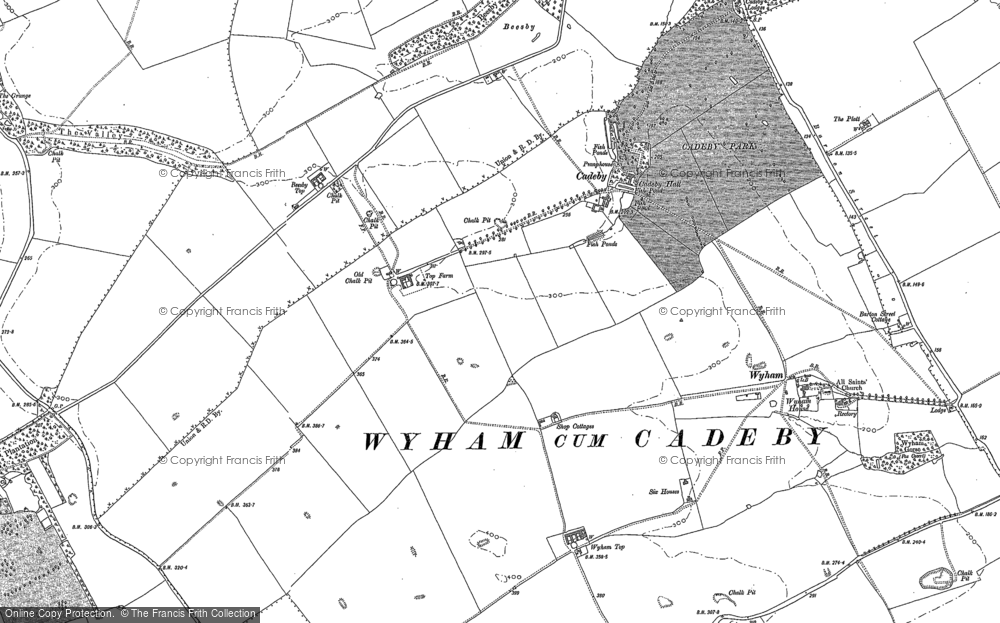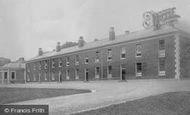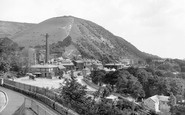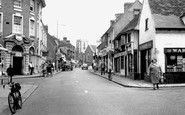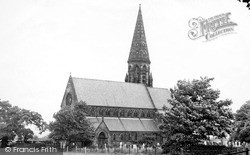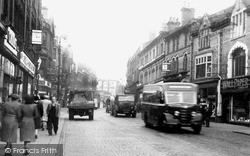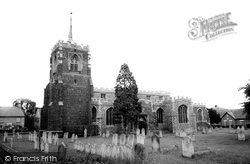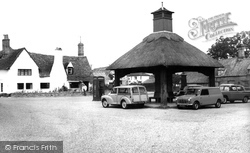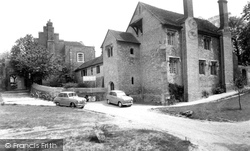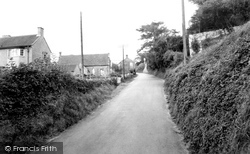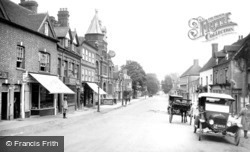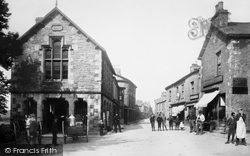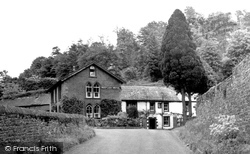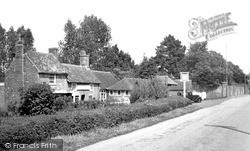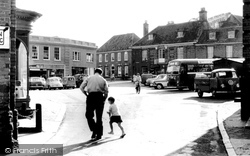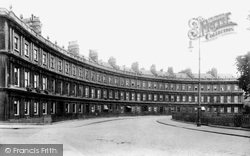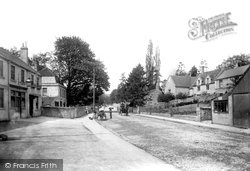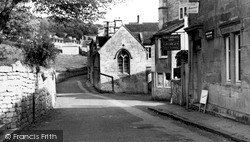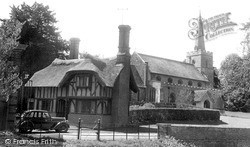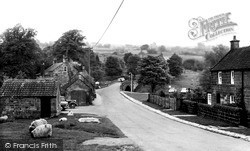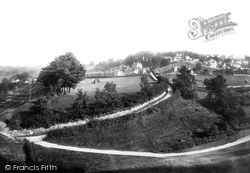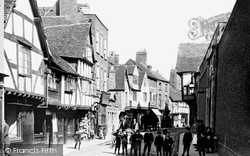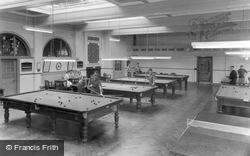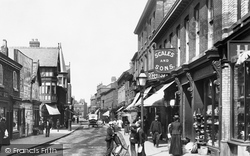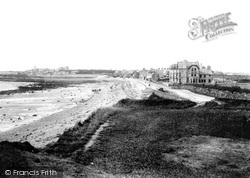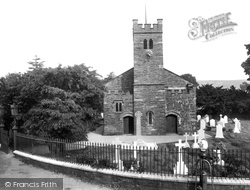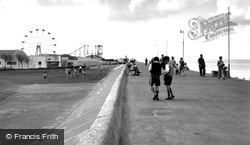Merry Christmas & Happy New Year!
Christmas Deliveries: If you placed an order on or before midday on Friday 19th December for Christmas delivery it was despatched before the Royal Mail or Parcel Force deadline and therefore should be received in time for Christmas. Orders placed after midday on Friday 19th December will be delivered in the New Year.
Please Note: Our offices and factory are now closed until Monday 5th January when we will be pleased to deal with any queries that have arisen during the holiday period.
During the holiday our Gift Cards may still be ordered for any last minute orders and will be sent automatically by email direct to your recipient - see here: Gift Cards
Places
36 places found.
Those places high-lighted have photos. All locations may have maps, books and memories.
- Shanklin, Isle of Wight
- Ventnor, Isle of Wight
- Ryde, Isle of Wight
- Cowes, Isle of Wight
- Sandown, Isle of Wight
- Port of Ness, Western Isles
- London, Greater London
- Cambridge, Cambridgeshire
- Dublin, Republic of Ireland
- Killarney, Republic of Ireland
- Douglas, Isle of Man
- Plymouth, Devon
- Newport, Isle of Wight
- Southwold, Suffolk
- Bristol, Avon
- Lowestoft, Suffolk
- Cromer, Norfolk
- Edinburgh, Lothian
- Maldon, Essex
- Clacton-On-Sea, Essex
- Felixstowe, Suffolk
- Norwich, Norfolk
- Hitchin, Hertfordshire
- Stevenage, Hertfordshire
- Colchester, Essex
- Nottingham, Nottinghamshire
- Bedford, Bedfordshire
- Bury St Edmunds, Suffolk
- Aldeburgh, Suffolk
- St Albans, Hertfordshire
- Hunstanton, Norfolk
- Chelmsford, Essex
- Bishop's Stortford, Hertfordshire
- Peterborough, Cambridgeshire
- Brentwood, Essex
- Glengarriff, Republic of Ireland
Photos
11,145 photos found. Showing results 7,221 to 7,240.
Maps
181,031 maps found.
Books
442 books found. Showing results 8,665 to 8,688.
Memories
29,072 memories found. Showing results 3,611 to 3,620.
Good Old Stan
I was to live in Blackpool for a short while and would work on a farm; I lived with my sister and brother in law in Delphine Avenue. Lawrence my brother in law leant me his Honda fifty motorbike, I pulled into a petrol station some ...Read more
A memory of Blackpool in 1970 by
My Move To Cranford From Croydon 1948
My father was a Aircraft Engineer for K.L.M. He started as an apprentice at Croydon Airport in 1934. After the second world war, Croydon was getting too small for the larger aircraft coming along, so K.L.M. ...Read more
A memory of Cranford in 1948 by
Lower Broughton
I remember so well every Saturday going with my Mum down Lower Broughton Rd to do the shopping. We used to live on Elton Street which was across from Lower Broughton Road at one end. My Grandparents lived on Edward Street. There was a ...Read more
A memory of Salford in 1961 by
The Army Firing Range At Hythe
The original site of the School of Musketry is no more, having been demolished to make way for a modern supermarket, but I remember using the nearby army firing ranges. My first encounter was with 39 Signal Regiment in ...Read more
A memory of Hythe in 1971 by
Halls Of Galmpton
The Hall family lived scattered about Devon since the late 1600's, from what I can gather. In the 1850's to the 1890's they seemed to settle around Galmpton and Dittisham, later into Torquay and beyond. My GGG Grandfather William ...Read more
A memory of Galmpton in 1860 by
School Road Nursery
I am researching my family and was wondering if anyone knew of the School Road Nursery at Yardley Wood. I have recently been given an old family photo which was sent to Mrs A Horton, at that address. I think the photo dates ...Read more
A memory of Yardley Wood by
Forty Years Ago.
Sept 1971, and Ventnor became the place of our honeymoon. We had a fabulous week, the weather was good, a lovely hotel just up the hill from the beach. At the end of it, we were very brave and returned to the mainland by hovercraft - ...Read more
A memory of Ventnor in 1971 by
The Davidsons And The Cunninghams
My Grandparents - David C. Davidson and Isabel Cunningham were from Slamanan and came to the U.S. in 1906. David was a coal miner alongside of George Cunningham who came to the U.S. with David; my Grandmother and ...Read more
A memory of Slamannan in 1900 by
Exciting And Interesting Times
Not sure if anyone reads their comments later in life, but in response to one, it was Cliff Bennett and the Rebel Rousers. Cliff lived in Long Lane, next door to where I lived when I was 3 or 4. We lived in the flats ...Read more
A memory of Uxbridge in 1968 by
Abbotts Hall Chase Army Huts From 1946 1948
I was four years old when our family moved from Liverpool to squat in one of the army huts. I remember it very well, and the German prisoners of war who made such a fuss of us children. We had no ...Read more
A memory of Stanford-le-Hope in 1946 by
Your search returned a large number of results. Please try to refine your search further.
Captions
29,395 captions found. Showing results 8,665 to 8,688.
He commissioned Slater and Carpenter of London to design St Peter's in the fashionable Gothic style at a cost of £10,000.
This section of Bridge Street has changed drastically since this view towards Market Gate was taken.
The parish church of St Mary is built from deep golden Carstone with limestone details.
The memorial shelter and clock tower were erected to the memory of G W Brown by Mr Whymper in 1902. We cannot see the clock; it was made by J R Ingram of St Ives.
The Duke of Suffolk and his wife Alice, a granddaughter of the poet Geoffrey Chaucer, built the two-storey primary school in the mid 1400s.
Once part of an ancient hunting forest and dominated by a castle, Powerstock huddles in its valley not far from the Iron Age hillfort of Eggardon, in the heart of West Dorset.
The hotel takes its name from the Dukes of Norfolk, formerly the Earls of Arundel, whose principal ancestral home is Arundel Castle.
North Street leads out of the town in the direction of Cowdray Park, with which the town is most closely associated.
Here the Market Place has a fair number of local people and tradesmen curiously watching the cameraman's antics in the middle of the street.
The Red Lion Hotel in the charming village of Armathwaite occupies a beautiful position at the foot of a tree-clad bank above the River Eden.
Much of the brick is now painted, and the 'lych gate' roof can be seen next to the inn sign. Beyond are the walls to the grounds of The Dicker, but many of the trees are now gone.
The 18th-century coaching inn, the Black Boys, with its Dutch gable, is in the centre of the picture.
A walk up Gay Street, named after Robert Gay, who granted John Wood the lease on this hilly area north-west of the old city, leads to one of the most celebrated pieces of this remarkable city's townscape
Upper Weston has all the appearance of a typical Cotswold stone village with its main street winding gently uphill.
Back across the river, via the Batheaston toll bridge, follow the Avon south before turning right to Monkton Combe, a delightful village nestling in the valley of the Midford Brook.
Madingley is a typical example of an estate village, remodelled in order to improve the view from the landlord's mansion.
The road leads down through the village of Lealholm to the bridge over the River Esk in the background.
On the left is the main London railway line and, still further to the left, the Thames and Severn Canal.
Friar Street was an odd assortment of buildings, including a number of 15th- and 16th-century half-timbered houses and shops.
Mention Catterick to most people and they will immediately think of the great army garrison, which is actually situated four miles from the village itself.
This was one of the principal shopping streets of the town, though the Methodist New Connection chapel and the Salvation Army Hall were also along here.
If coal was burned in these houses, it had to be imported from the mainland.
The blue-grey slate walls of Coniston parish church looks down on a memorial to one of England's greatest writers and social reformers, John Ruskin.
East of Gravesend, near where the Thames Estuary meets the North Sea, is Sheerness, a port and seaside resort on the north-west corner of the Isle of Sheppey.
Places (6814)
Photos (11145)
Memories (29072)
Books (442)
Maps (181031)


